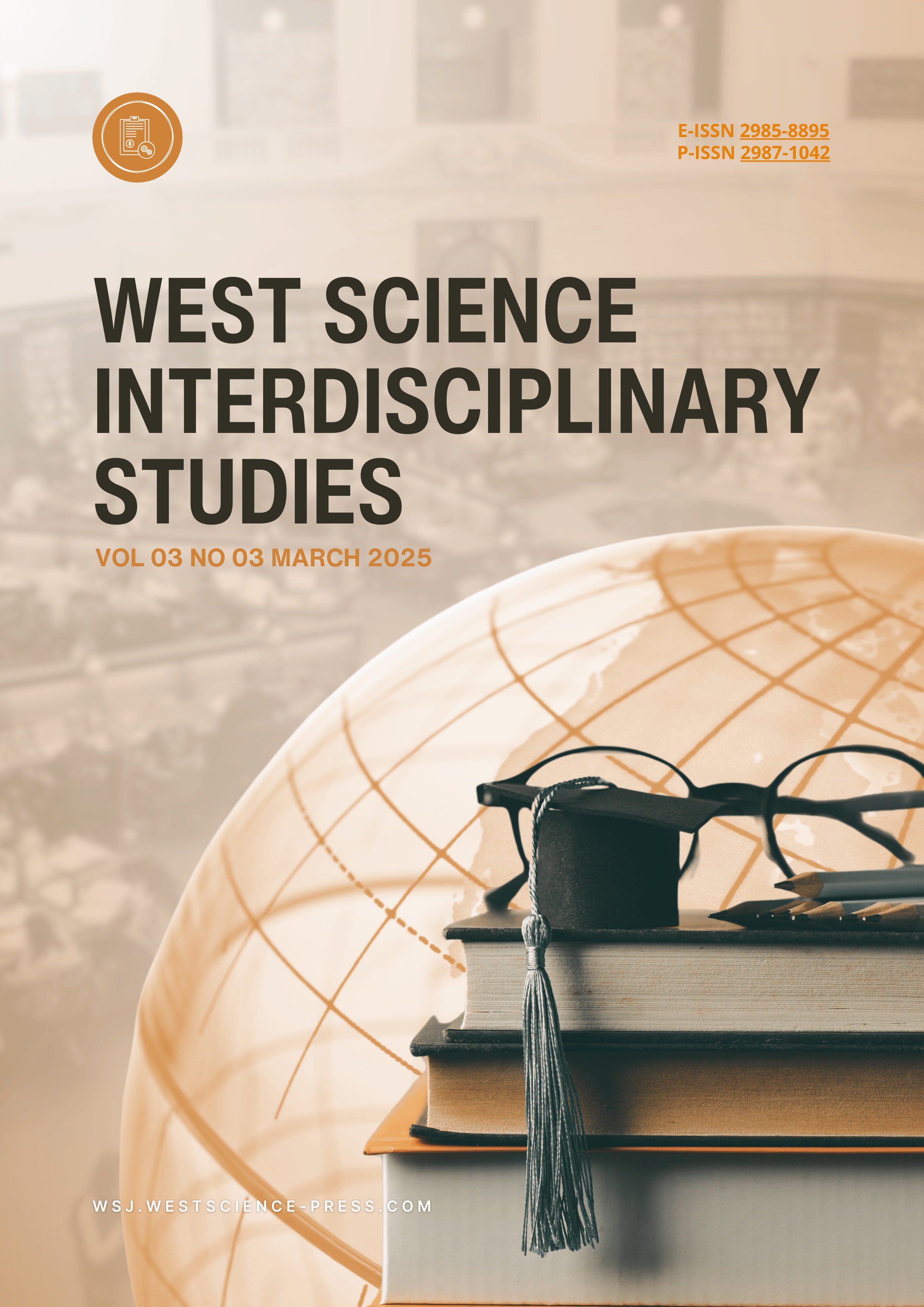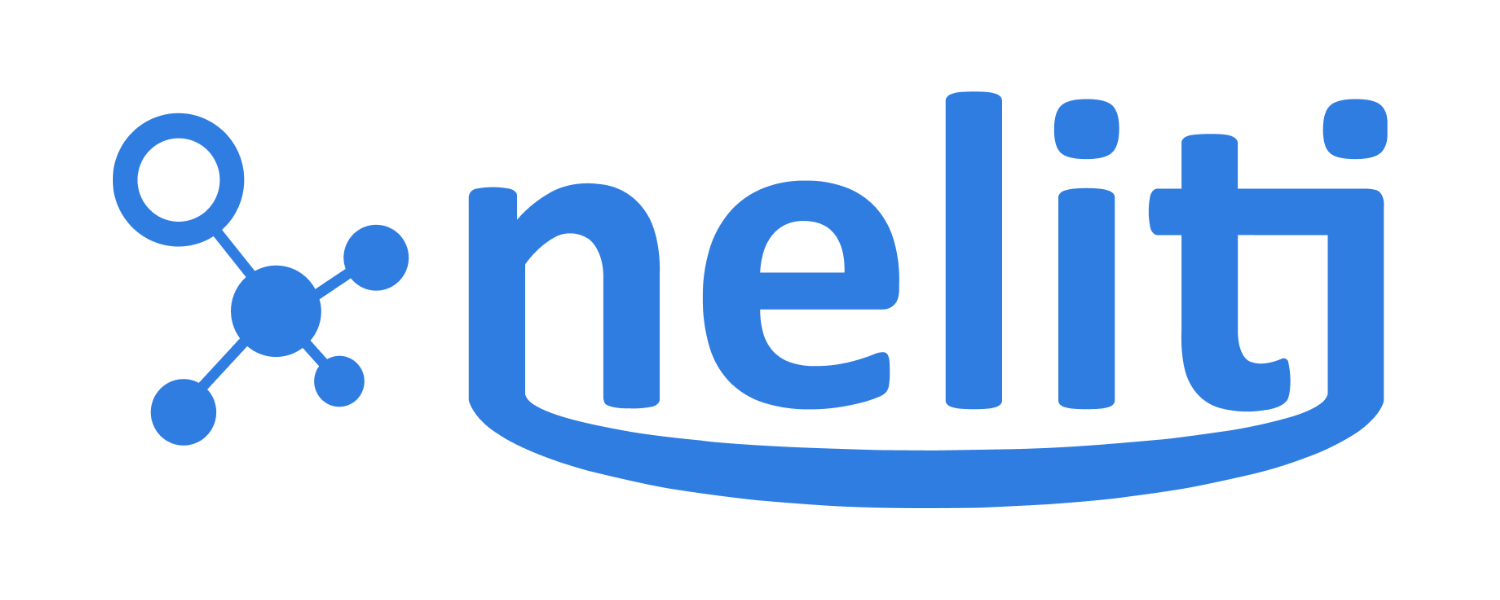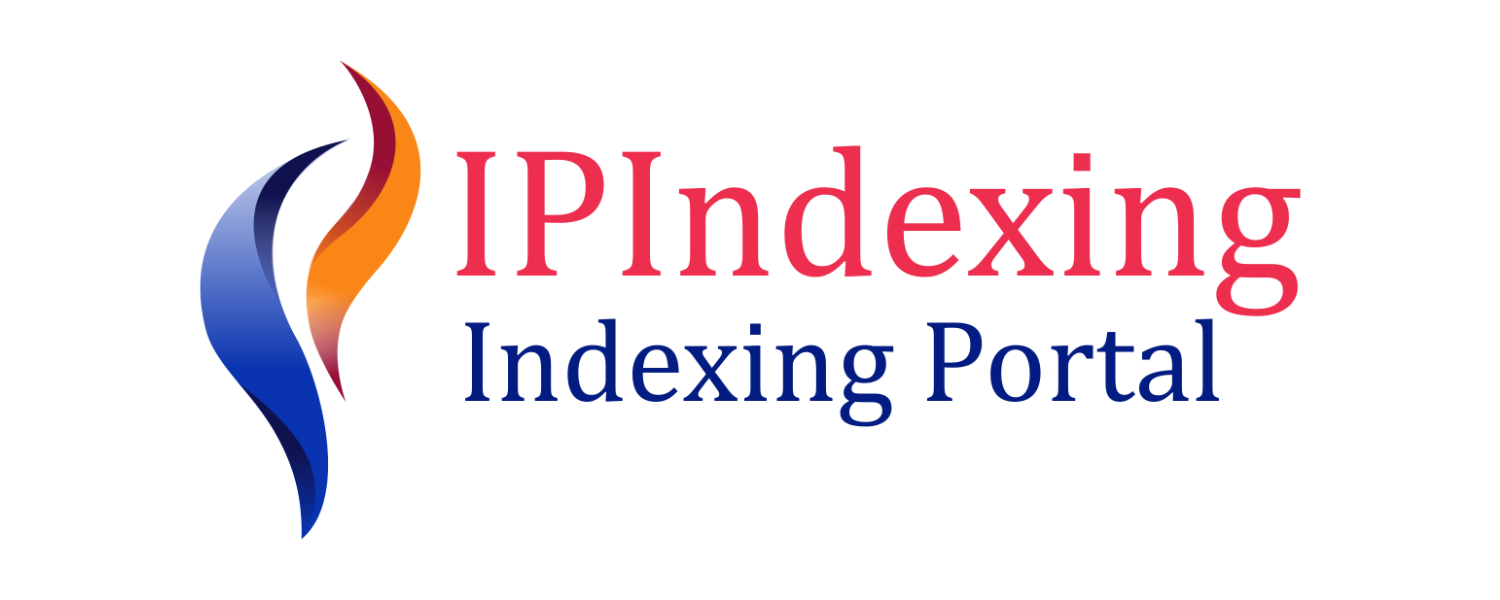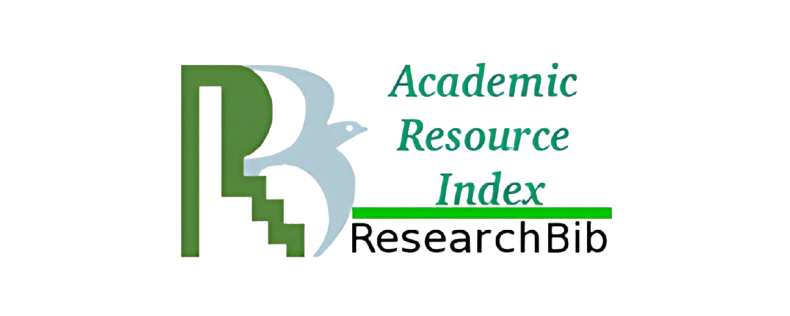Revolutionizing Supply Chain Management: Internet of Things (IoT) and Machine Learning on Logistics Transparency and Efficiency in the Retail Industry in Indonesia
DOI:
https://doi.org/10.58812/wsis.v3i03.1763Keywords:
Internet of Things (IoT), Machine Learning (ML), Logistics Transparency, Operational Efficiency, Retail Supply ChainAbstract
The integration of Internet of Things (IoT) and Machine Learning (ML) technologies is transforming supply chain management, particularly in the retail industry. This study examines the impact of IoT implementation and ML application on logistics transparency and operational efficiency in Indonesia’s retail sector. Using a quantitative research approach, data were collected from 115 professionals and analyzed using Structural Equation Modeling-Partial Least Squares (SEM-PLS). The findings reveal that IoT and ML significantly enhance logistics transparency, which, in turn, positively influences operational efficiency. This study highlights the mediating role of logistics transparency and underscores the importance of leveraging digital technologies for improving supply chain performance. These findings provide actionable insights for stakeholders aiming to optimize their logistics operations in dynamic and competitive markets.
References
[1] C. Mohrir, “CMA Chaitanya Mohrir, Chairman WIRC, CMA Mihir Vyas, Hon. Secretary WIRC, CMA Nanty Shah, Treasurer WIRC and CMA Arindam Goswami, Vice Chairman WIRC had a meeting with CS Amrita DC Nautiyal, Chairperson WIRC of ICSI on 22nd August 2023,” 2023.
[2] M. T. H. Siddiqi, M. A. B. Rasel, H. Ahmed, R. Rahman, and M. S. Khan, “THE ROLE OF TECHNOLOGY IN OPTIMIZING CUSTOMER-CENTRIC SUPPLY CHAINS FOR HOSPITALITY AND RETAIL,” 2025.
[3] U. Nweje and M. Taiwo, “Leveraging Artificial Intelligence for predictive supply chain management, focus on how AI-driven tools are revolutionizing demand forecasting and inventory optimization,” Int. J. Sci. Res. Arch., vol. 14, no. 1, pp. 230–250, 2025.
[4] A. Rahmansyah, M. Y. Fairuuz, and N. Yahya, “Revitalising Retail: Unveiling the Transformative Power of Ethical Supply Chain Management in the Indonesian Market,” Int. J. Res. Innov. Soc. Sci., vol. 8, no. 12, pp. 3280–3289, 2024.
[5] D. C. Anaba, M. O. Agho, E. C. Onukwulu, and P. I. Egbumokei, “Transforming vessel and fleet operations in oil and gas: A framework for integrated operations planning and efficiency optimization,” Gulf J. Adv. Bus. Res., vol. 3, no. 1, pp. 262–281, 2025.
[6] M. Cate, “Scalability and Interoperability of IoT Middleware with 5G,” 2022.
[7] P. A. Adepoju, C. C. Ike, A. B. Ige, S. A. Oladosu, and A. I. Afolabi, “Advancing predictive analytics models for supply chain optimization in global trade systems,” Int. J. Appl. Res. Soc. Sci., vol. 6, no. 12, pp. 2929–2948, 2024.
[8] G. Ali, W. Robert, M. M. Mijwil, M. Sallam, J. Ayad, and I. Adamopoulos, “Securing the Internet of Wetland Things (IoWT) Using Machine and Deep Learning Methods: A Survey,” Mesopotamian J. Comput. Sci., vol. 2025, pp. 17–63, 2025.
[9] A. Syaputra and T. Sutabri, “Perancangan Sistem Monitoring Barang Logistik Berbasis IoT,” Switch J. Sains dan Teknol. Inf., vol. 2, no. 5, pp. 102–111, 2024.
[10] J. Lucyanda, D. Rudianto, H. Hendrati, D. Mulyaningsih, and S. Rahmawati, “Bakrie International Conference on Communication, Management, Politics & Accounting (BICOMPACT 2023).” Universitas Bakrie Press, 2024.
[11] L. Judijanto, N. Asniar, K. Kushariyadi, E. Y. Utami, and E. Telaumbanua, “Application of integrated logistics networks in improving the efficiency of distribution and delivery of goods in indonesia a literature review,” Sci. du Nord Econ. Bus., vol. 1, no. 01, pp. 1–10, 2024.
[12] P. Joshi, V. Singh, N. Thapliyal, K. Joshi, A. Bhatt, and M. Mahur, “Intelligent IoT-Enabled Real-Time Monitoring System for Logistics Management,” in 2024 International Conference on Computing, Sciences and Communications (ICCSC), IEEE, 2024, pp. 1–5.
[13] A. E. Ezekwueme, C. E. Abel, and G. A. Dike, “Efficiency of IoT Adoption and Supply Chain Optimization: An Empirical Evidence from Nigeria,” 2024.
[14] M. Boualam, I. I. El Farouk, and F. Jawab, “Revolutionizing the Demand-Driven Supply Chain: AI and Machine Learning Applications,” in Supply Chain Transformation Through Generative AI and Machine Learning, IGI Global Scientific Publishing, 2025, pp. 347–378.
[15] B. Singh, “Revolutionizing Supply Chains for Optimized Demand Planning, Inventory Management, and Logistics: An In-Depth Analysis of AI and ML Solutions in the Modern Era,” in Supply Chain Transformation Through Generative AI and Machine Learning, IGI Global Scientific Publishing, 2025, pp. 103–128.
[16] A. Eskandarany, “Adoption of artificial intelligence and machine learning in banking systems: a qualitative survey of board of directors,” Front. Artif. Intell., vol. 7, p. 1440051, 2024.
[17] N. Grover, “AI-Enabled Supply Chain Optimization,” Int. J. Adv. Res. Sci. Commun. Technol., pp. 28–44, 2025.
[18] A. Osman, O. O. Fowowe, R. Agboluaje, and P. O. Orekha, “Integrating machine learning in business analytics consulting for proactive decision-making and innovation,” 2025.
[19] A. Rajan, “Technology integration in logistics: a case study of VRL Logistics in India.” VYTAUTAS MAGNUS UNIVERSITY, 2024.
[20] H. K. Channi, R. Sandhu, and P. Kumar, “Enabling Transparent Supply to Build a Next‐Generation Supply Chain,” Blockchain‐Enabled Solut. Pharm. Ind., pp. 207–231, 2025.
[21] V. S. Bhargavi, N. M. Sawai, M. K. Chakravarthi, A. R. Mankar, M. A. M. Rodriguez, and N. Pavitha, “Enhancing Supply Chain Traceability and Transparency Through Machine Learning Implementation,” in Interdisciplinary Approaches to AI, Internet of Everything, and Machine Learning, IGI Global Scientific Publishing, 2025, pp. 437–450.
[22] A. H. Adepoju, B. Austin-Gabriel, A. Eweje, and O. Hamza, “A data governance framework for high-impact programs: Reducing redundancy and enhancing data quality at scale,” Int J Multidiscip Res Growth Eval, vol. 4, no. 6, pp. 1141–1154, 2023.
[23] J. Tang, C. Qi, and H. Wang, “Integrated optimization of order splitting and distribution routing for the front warehouse mode e-retailing,” Int. J. Prod. Res., vol. 62, no. 5, pp. 1715–1736, 2024.
[24] Z. P. Shaikh, “Artificial Intelligence and Machine Learning in Optimization of Supply Chain Transformation: Digital Operation Through Simulation,” in Supply Chain Transformation Through Generative AI and Machine Learning, IGI Global Scientific Publishing, 2025, pp. 409–434.
[25] M. J. A. Prince, V. R. Avula, and V. K. Kudapa, “Investigation of anionic in place of cationic surfactants onto oil wet carbonate surfaces for improving recovery,” Mater. Today Proc., vol. 52, pp. 825–828, 2022.
Downloads
Published
Issue
Section
License
Copyright (c) 2025 Loso Judijanto, Jadiaman Parhusip , Chevy Herli Sumerli A. , Halek Mu'min

This work is licensed under a Creative Commons Attribution-ShareAlike 4.0 International License.
























 Instagram
Instagram 